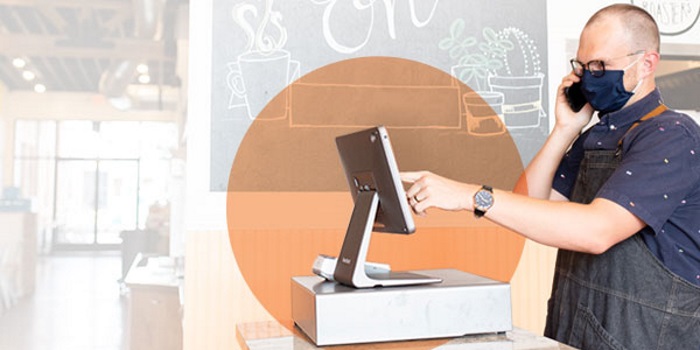Truly hospitable restaurants follow these practices

True hospitality doesn’t follow the Golden Rule but the Platinum Rule: treat others the way they want to be treated.
“In the U.S., we tend to view the world and the people we interact with on the basis of our individual point of view,” says Andre Howell, vice president of the Multicultural Foodservice & Hospitality Alliance a division of the National Restaurant Association Educational Foundation.
Join us on Wed., April 14 for our webinar: How Cultural Intelligence Leads to Customer Comfort. Register today
“Very often, this perspective fails to take into account the cultural nuances that make up who we are and how we prefer interactive communication. After all, what do we really know, and how expansive is our cultural perspective?”
We often insist that we know what’s best for our customers, how we should accommodate their needs, he adds. But there often are better approaches.
What do truly hospitable restaurants have in common?
- They put the comfort and experience of the customer first. Team members ease guests through the seating process, get them settled and set up, note the needs of the party (children, elderly, disabled), note the spoken language and make every effort to be welcoming.
- They take advantage of the technologies that enhance hospitality through communication, including multilingual menus and POS systems, as well as translation apps on tablets.
- They consciously hire diverse teams both in the front and back of the house.
- They have an official zero-tolerance policy for any racist, sexist or generally demeaning behavior on the part of management, employees and guests. Managers repeatedly train crew members to learn and understand the policy.
- They actively train employees about what hospitable and inhospitable behavior looks like, with clear examples.
- They clearly communicate to employees what to do in the case of abusive customers. Employees are never made to feel they have to “suck it up.”
- Managers act quickly when incidents occur so that victims understand they’re supported. These restaurants are not afraid fire an abusive employee or lose abusive customers.
- They’re aware of unconscious bias, and train employees to never assume anything about the customers coming through the door or their fellow employees. They are customers and coworkers. Period.
- They’re aware of and train employees to avoid affinity bias, the tendency to gravitate toward and engage most positively with others you consider to be more like you.
- They have options for recourse for team members and guests when the managers are the source of inhospitable behavior.